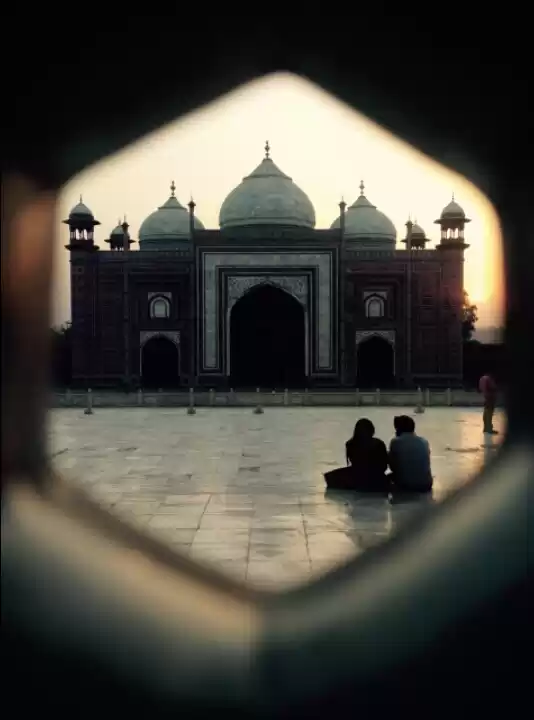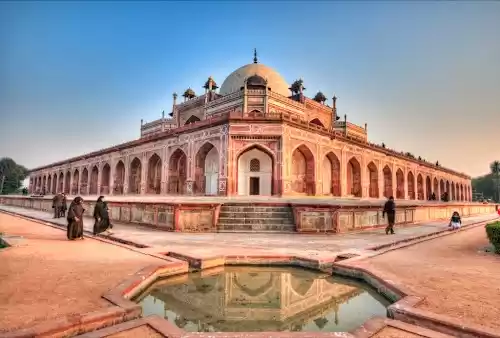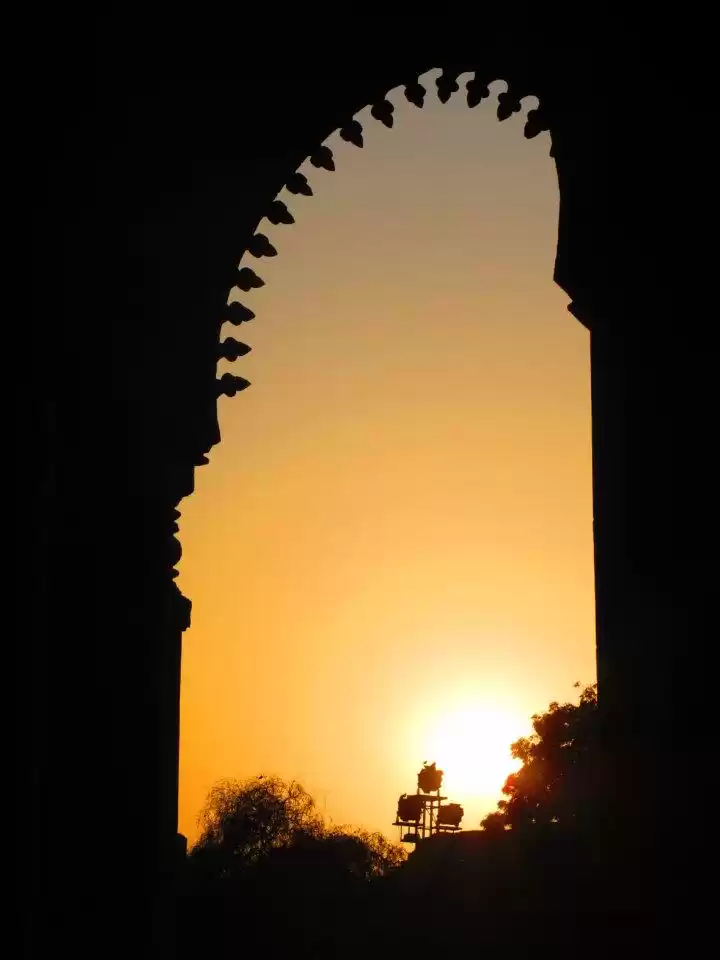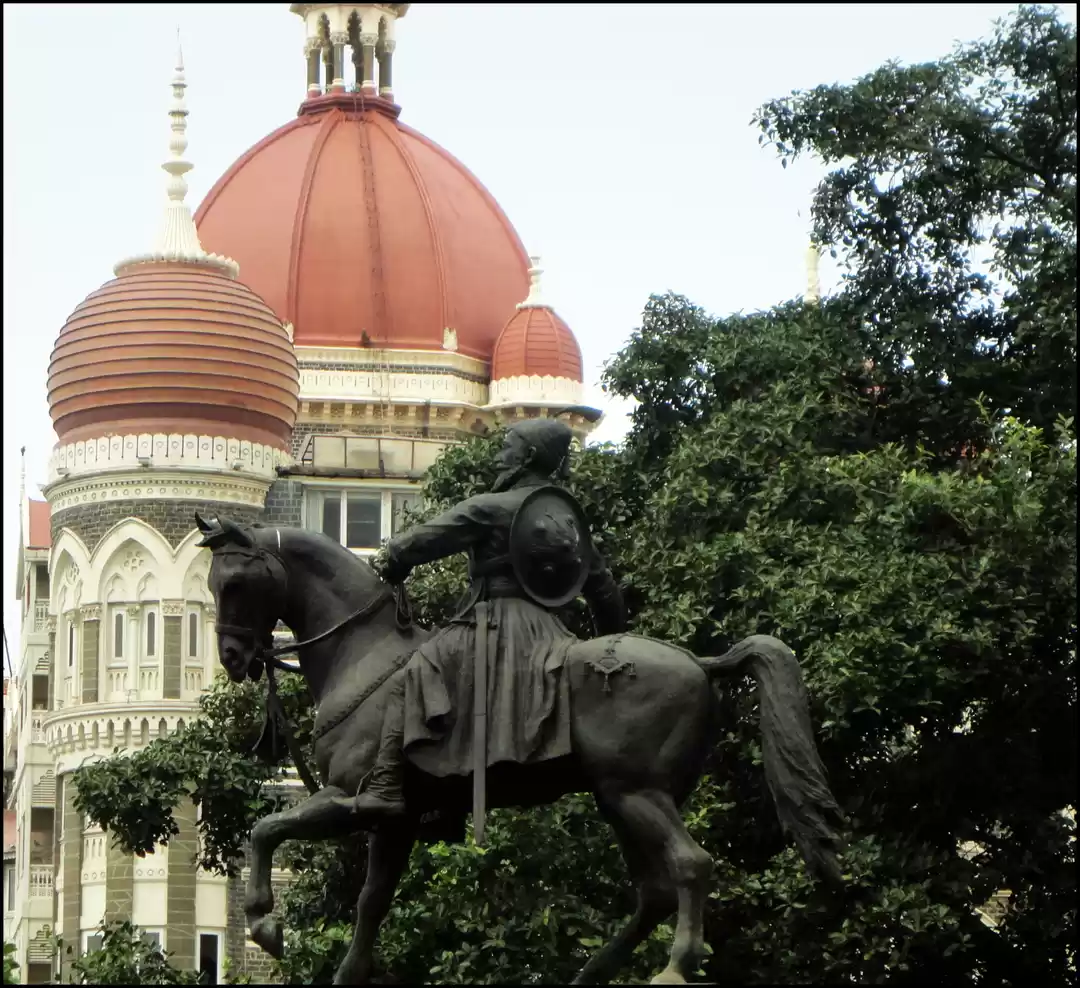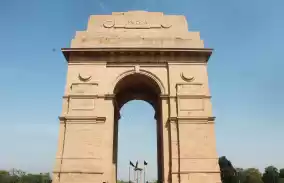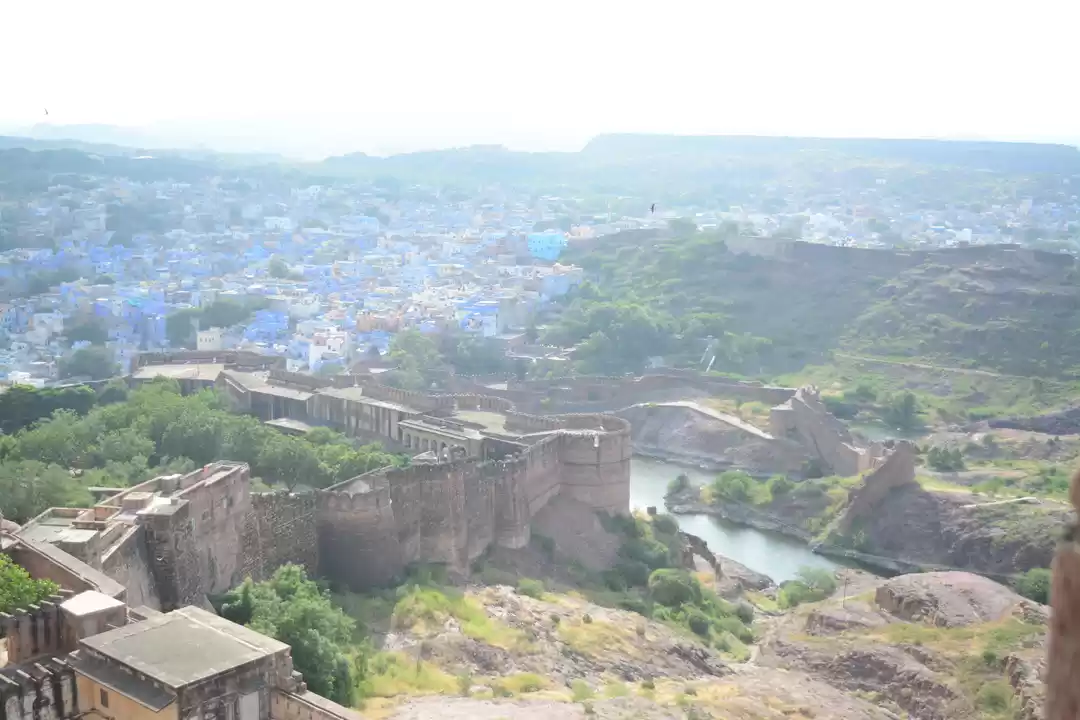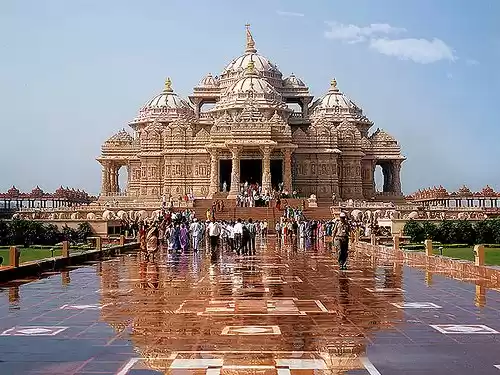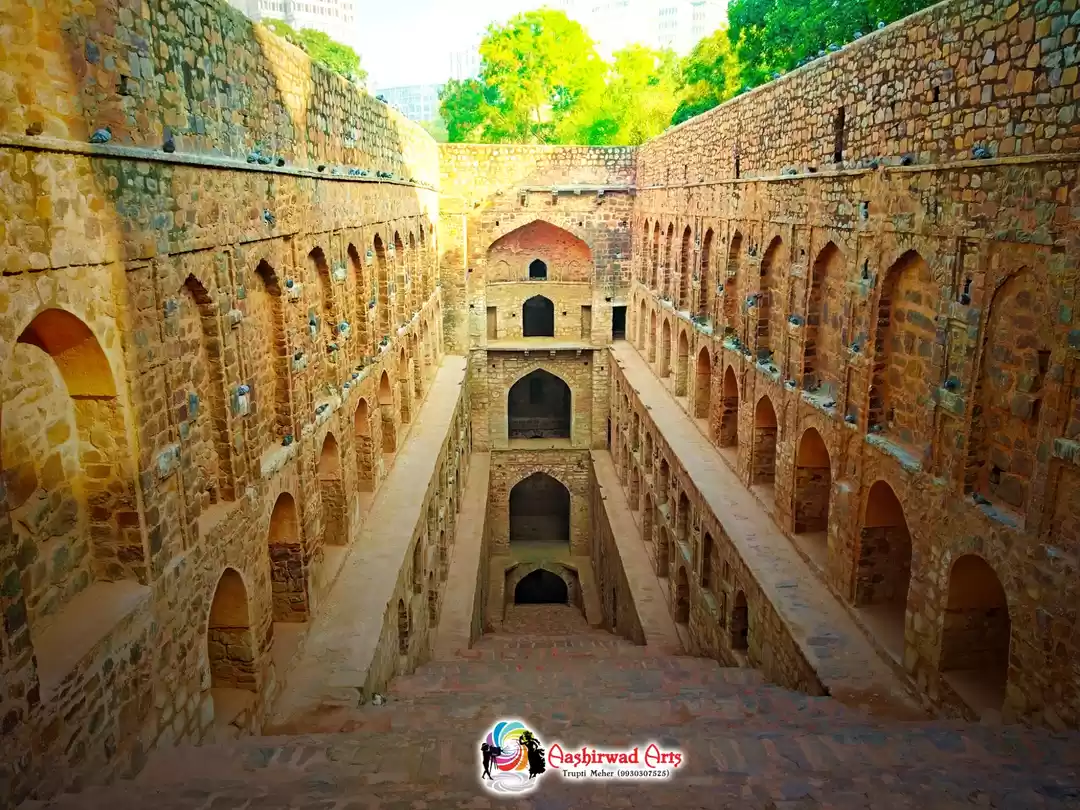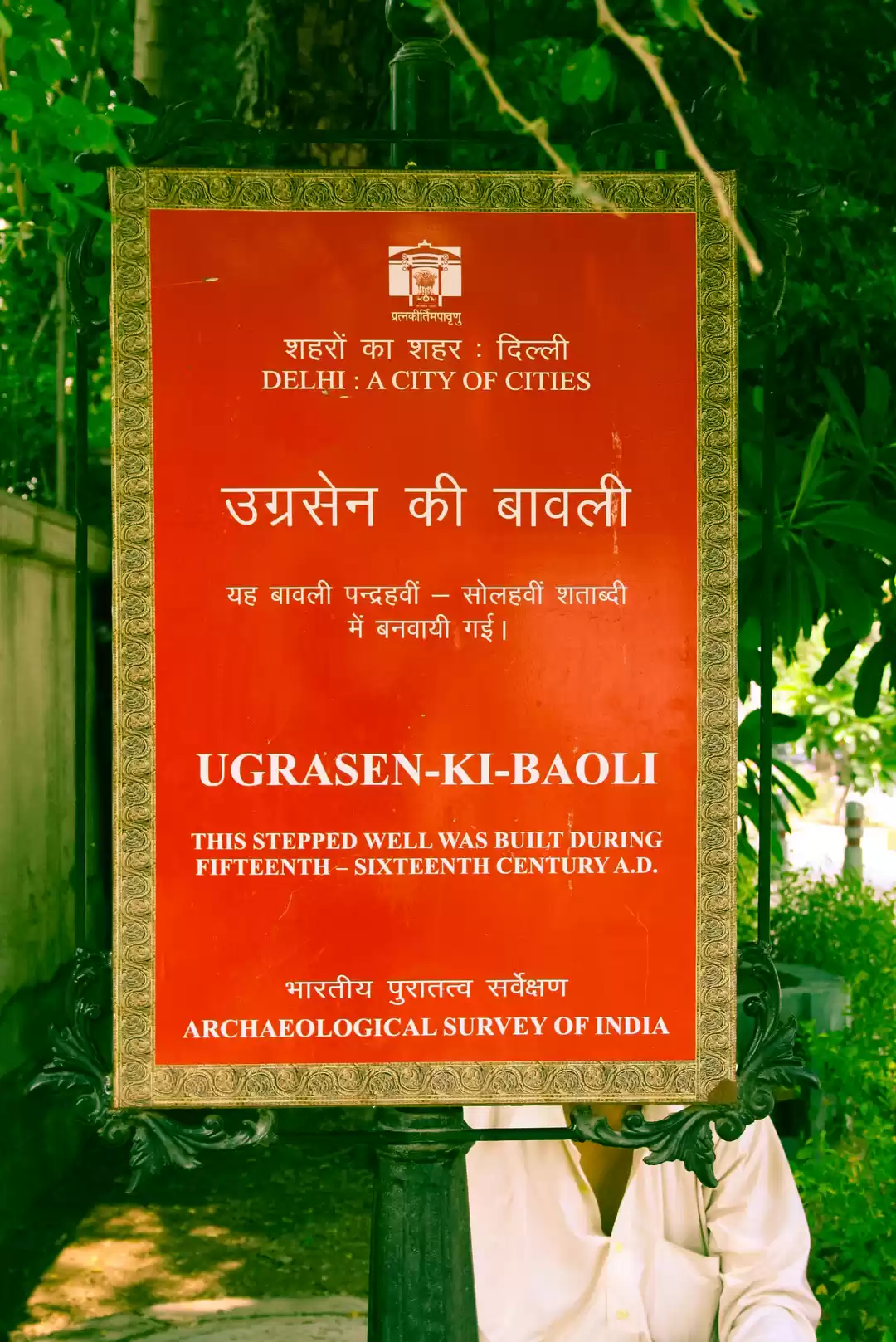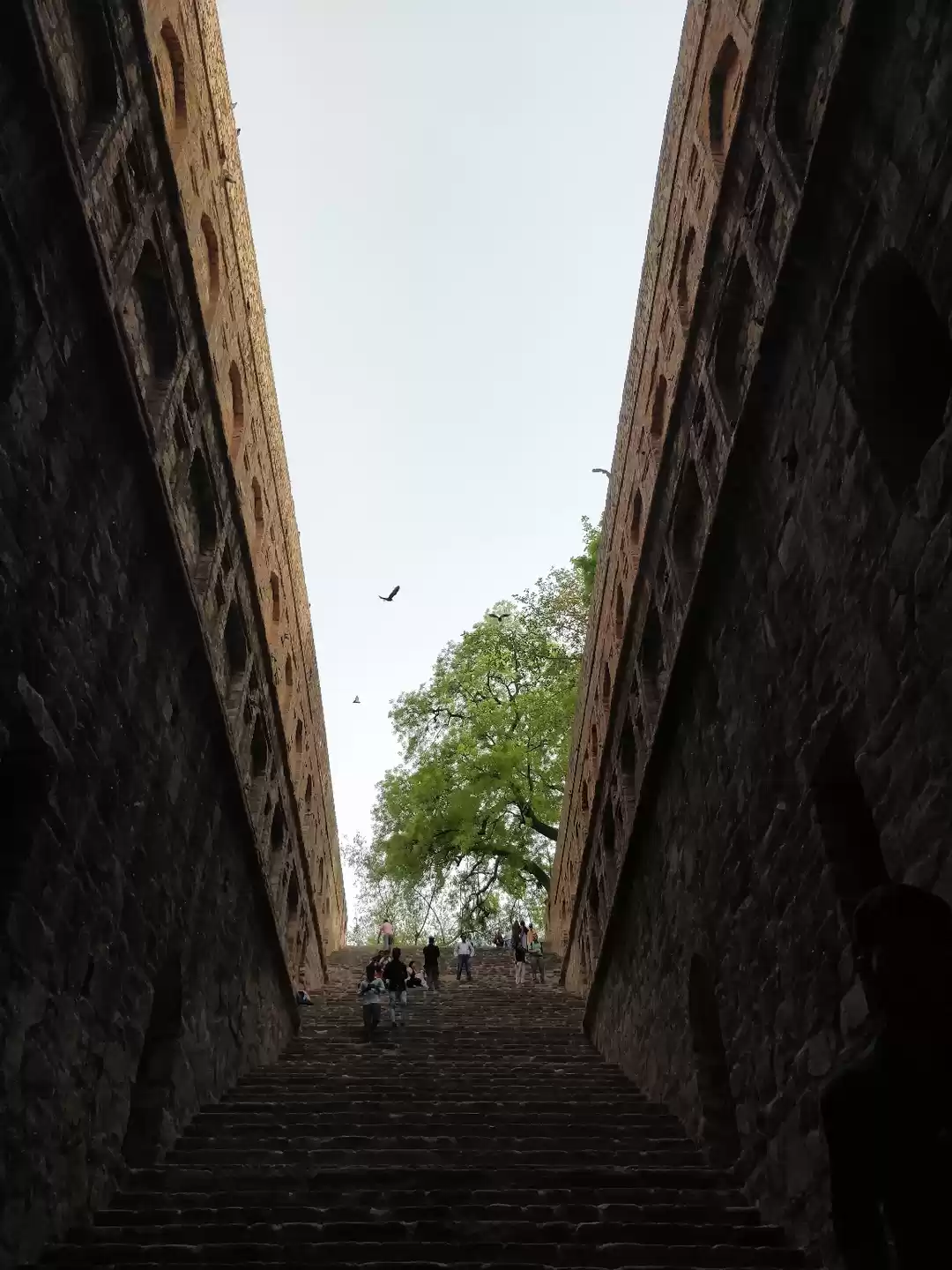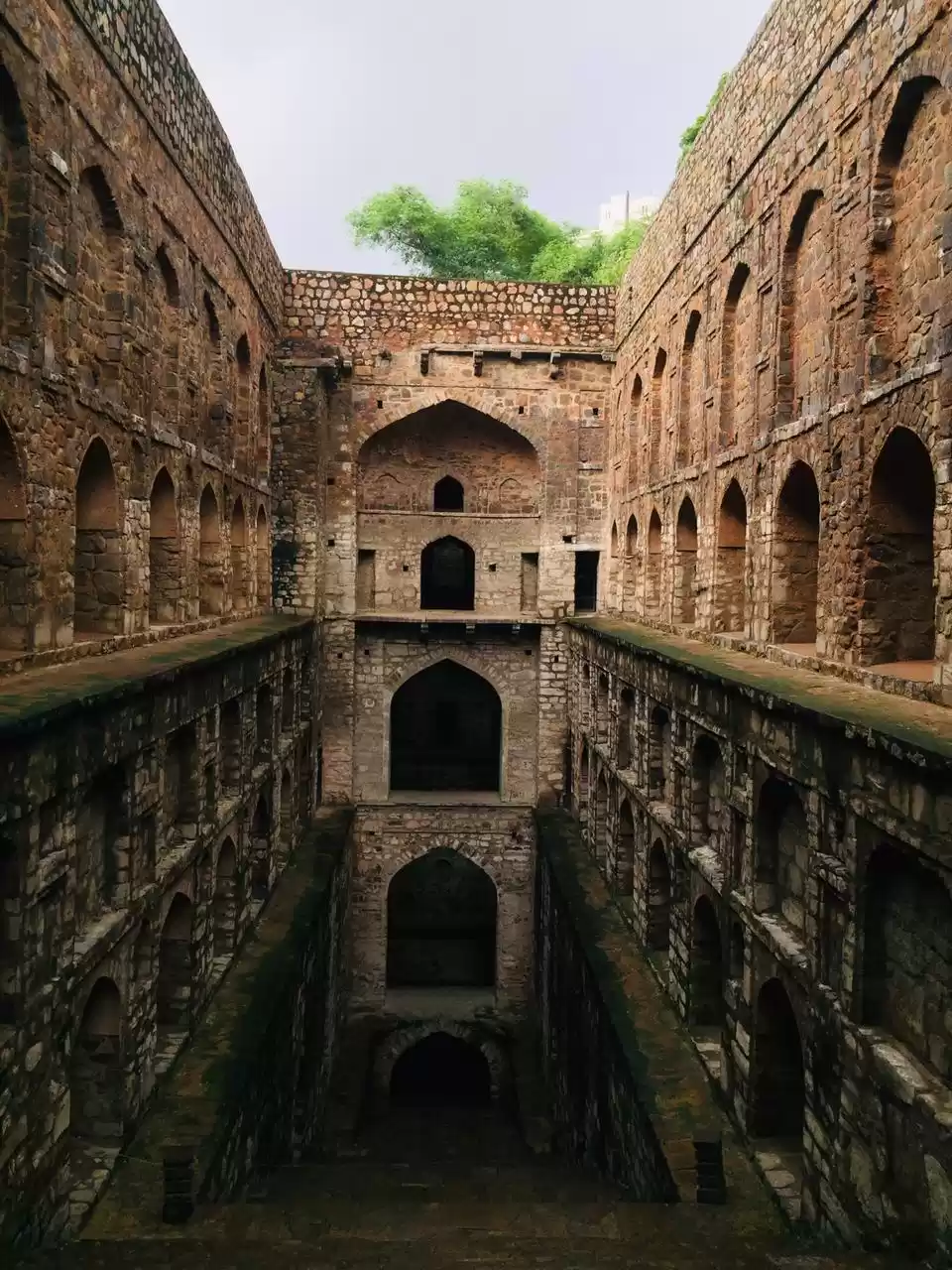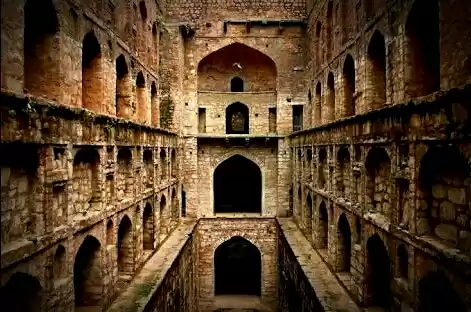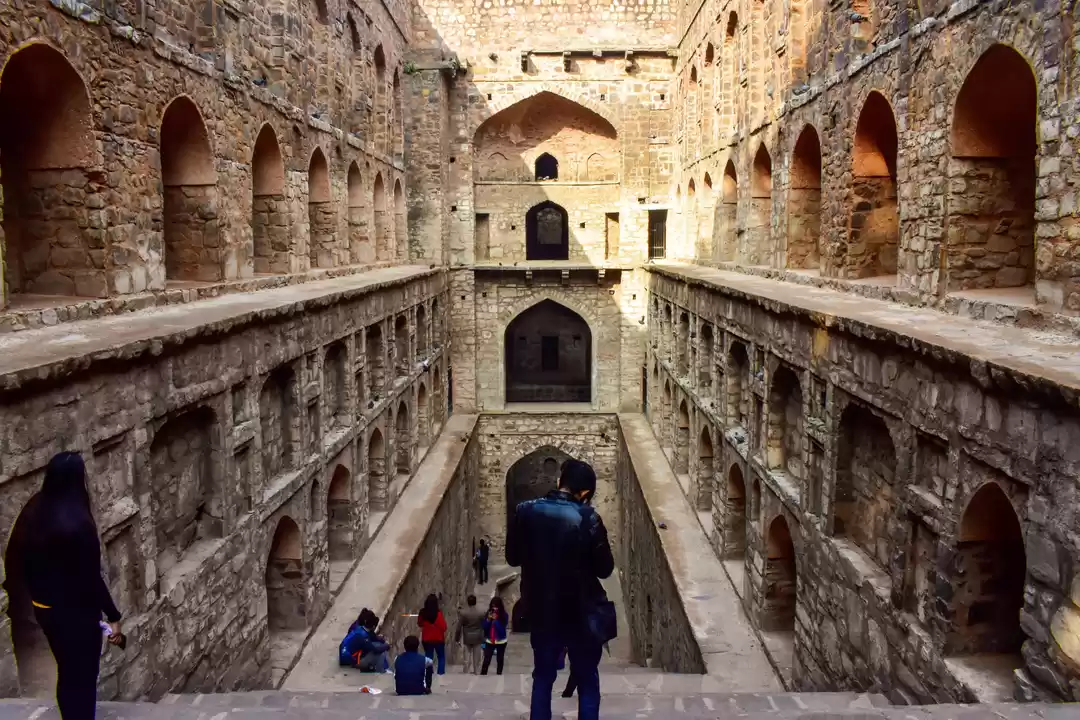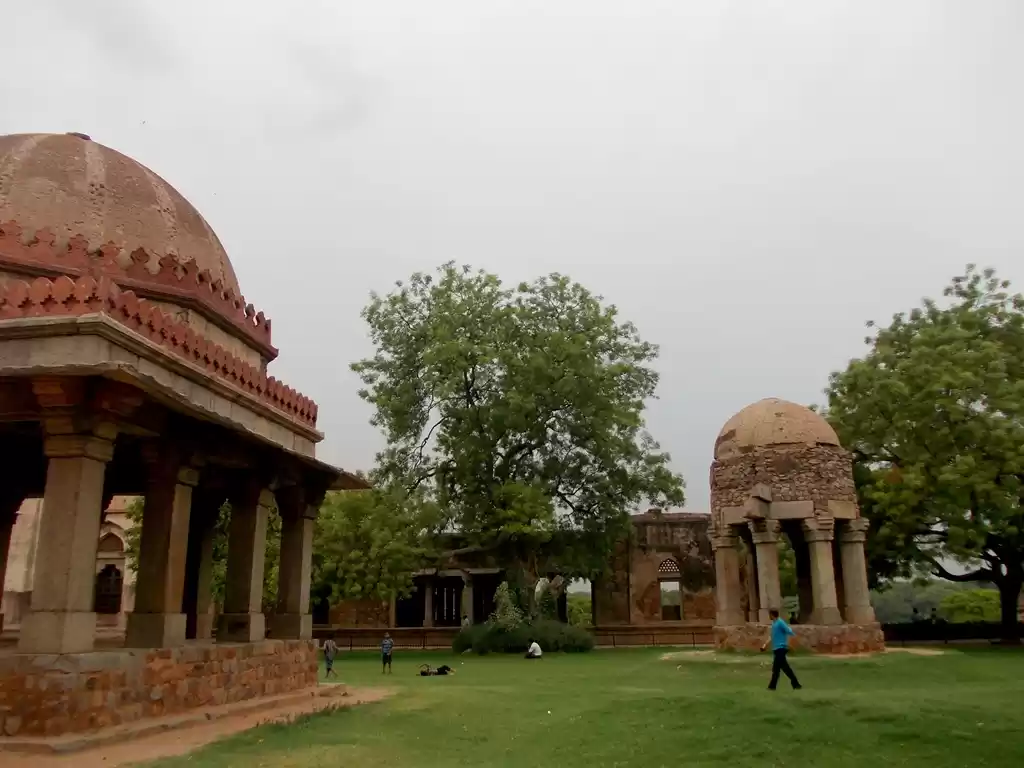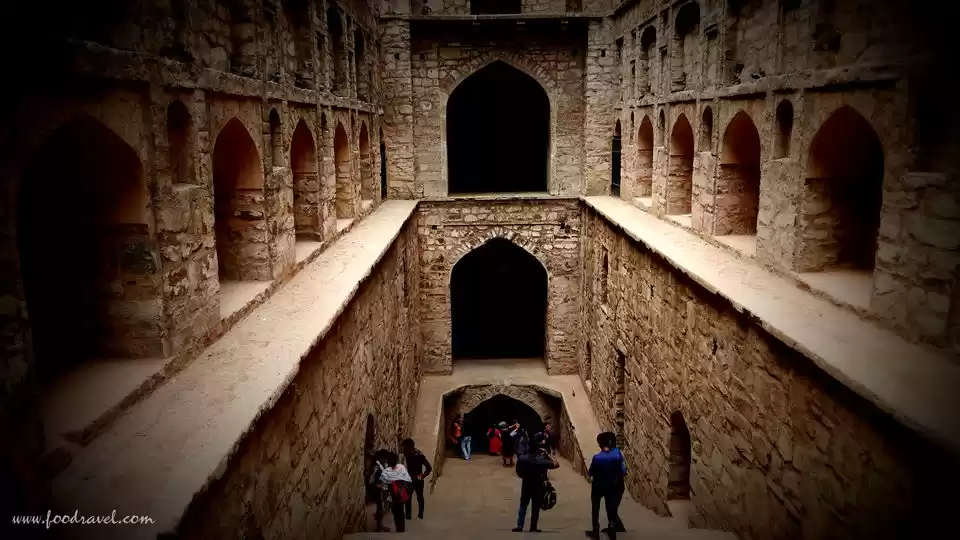Are you looking for a unique and fascinating place to visit in Delhi? Do you want to explore a hidden gem that combines history, architecture, and mystery? If yes, then you should definitely check out Agrasen ki Baoli, a historical stepwell situated on Halley Road in New Delhi.
Agrasen ki Baoli is one of the oldest and most preserved monuments of central Delhi, and one of the few surviving baolis (stepwells) of the city. It is also known for its haunted stories and rumours that make it a mysterious and intriguing place to visit.
In this article, we will tell you everything you need to know about Agrasen ki Baoli, from its origin and legend to its structure and design. We will also share some tips and tricks for visiting this amazing monument and making the most of your experience.
History of Agrasen ki Baoli
Agrasen ki Baoli has a rich and fascinating history that dates back to the Mahabharata era. According to legend, the baoli was built by King Agrasen, the founder of the Agarwal community, who was a contemporary of Lord Krishna. King Agrasen was a benevolent ruler who built many public works for the welfare of his subjects, including wells, temples, and reservoirs. Agrasen ki Baoli is said to be one of his creations that served as a water source and a social gathering place for the people.
However, there is no concrete evidence to support this legend, and the exact origin of Agrasen ki Baoli remains unknown. Some historians believe that the baoli was rebuilt by the Agarwal community in the 14th century during the Tughlaq dynasty, which ruled Delhi from 1320 to 1413. The Agarwals were descendants of King Agrasen and followed his footsteps in building public works for the common good. The baoli was named after their ancestor as a tribute to his legacy.

The baoli served as a vital water source for the people of Delhi for centuries, especially during times of invasions and famines. It also became a refuge for travelers, pilgrims, and merchants who came to Delhi from different parts of India. The baoli was not only a functional structure but also a cultural and religious one. It hosted various festivals, ceremonies, and rituals that celebrated life, water, and nature.
However, with the advent of modernization and urbanization, the baoli lost its significance and glory over time. It was neglected and forgotten by the people of Delhi, who preferred piped water over well water. It was also encroached by illegal constructions and garbage dumps that marred its beauty and dignity. The water level in the baoli gradually declined and became stagnant and polluted. The baoli became a breeding ground for mosquitoes, bats, pigeons, snakes, and other creatures that added to its spooky atmosphere.
It was not until the 20th century that Agrasen ki Baoli was rediscovered and restored by the Archaeological Survey of India (ASI), which declared it as a protected monument under the Ancient Monuments and Archaeological Sites and Remains Act of 1958. The ASI cleaned up the baoli and removed the encroachments that surrounded it. It also installed signboards and lighting systems to make it more accessible and attractive for visitors.
In the 21st century, Agrasen ki Baoli became a popular tourist attraction in Delhi, especially among photographers, history buffs, and thrill seekers. It also became a heritage site that showcased the ancient wisdom and craftsmanship of India. It also became a source of inspiration and curiosity for many artists, writers, filmmakers, and media personalities who featured it in their works.
Did you know that Agrasen ki Baoli has been featured in movies such as PK (2014), Sultan (2016), Mom (2017), Raabta (2017), etc.? It has also been featured in books such as City Improbable: An Anthology of Writings on Delhi (2001), The Lost Generation: Chronicling India’s Dying Professions (2016), etc. It has also been featured in media such as National Geographic Channel, Discovery Channel, BBC World Service, etc.
Architecture of Agrasen ki Baoli
Agrasen ki Baoli is a stunning example of ancient Indian architecture that reflects the influence of different cultures and eras on its style and aesthetics. It is one of the largest and best-preserved baolis in Delhi, measuring 60 meters long and 15 meters wide. It consists of 103 steps that lead to a water reservoir at the bottom. The steps are divided into three levels, each with a series of arches, niches, chambers, and carvings on the walls.
The first level has 16 arches, the second level has 12 arches, and the third level has 4 arches. The arches are decorated with floral and geometric patterns that add to the beauty and elegance of the baoli. The niches are small openings that provide ventilation and light to the baoli. The chambers are small rooms that were used for various purposes such as storage, meditation, resting, etc. The carvings are intricate designs that depict animals, birds, flowers, etc.

The baoli has a mosque located on its south-western side, which was added later by the Mughals or the British. The mosque has a dome and a minaret that contrast with the rectangular and symmetrical shape of the baoli. The mosque also has a plaque that mentions the name of Feroz Shah Tughlaq, the third ruler of the Tughlaq dynasty, who renovated many monuments in Delhi, including Agrasen ki Baoli.
The baoli is made of red sandstone and lime mortar, which are common materials used in Indian architecture. The baoli is designed to collect rainwater and store it for future use. The baoli also has a unique feature that keeps the water cool and fresh throughout the year. The feature is called a bawri, which is a small well within a well that filters and purifies the water.
The baoli is a marvel of engineering and artistry that showcases the ancient wisdom and craftsmanship of India. It is also a testament to the vision and generosity of King Agrasen and the Agarwal community, who built it for the welfare of the people.
Haunted Stories of Agrasen ki Baoli
Agrasen ki Baoli is not only a historical and architectural monument but also a haunted and mysterious one. It is famous for being haunted and that visitors have felt a strange presence here quite often. It is also known for its haunted stories and rumours that make it a spooky and intriguing place to visit.
One of the most popular haunted stories of Agrasen ki Baoli is that the water in the baoli was a source of black magic and that people have heard voices and screams from inside the baoli. According to legend, the water in the baoli had hypnotic powers that lured people to jump into it and drown themselves. Some people also claimed that they saw apparitions and shadows in the baoli that tried to harm them or drag them into the water.

Another haunted story of Agrasen ki Baoli is that it was used as a torture chamber by the British during their rule in India. According to legend, the British used to imprison and torture Indian freedom fighters and revolutionaries in the chambers of the baoli. They also used to hang them from the arches or throw them into the water. Some people also claimed that they heard cries and moans of pain from the baoli that echoed through its walls.
However, there is no concrete evidence or logical explanation to support these haunted stories or rumours of Agrasen ki Baoli. They are mostly based on hearsay, imagination, or superstition. They are also influenced by the eerie and gloomy atmosphere of the baoli, which creates a sense of fear and anxiety among visitors.
The truth is that Agrasen ki Baoli is not haunted but rather misunderstood. It is a beautiful and peaceful place that deserves respect and admiration for its history and architecture. It is also a place that inspires curiosity and creativity among visitors who want to explore its secrets and mysteries.
Nearby Attractions and Tips for Visiting Agrasen ki Baoli
Agrasen ki Baoli is located near Connaught Place, which is one of the most popular and lively areas in Delhi. It is surrounded by many other tourist attractions that can be visited along with Agrasen ki Baoli such as:

Jantar Mantar: A complex of astronomical instruments built by Maharaja Jai Singh II in 1724.
India Gate: A war memorial dedicated to the soldiers who died in World War I and other wars.
Connaught Place: A circular market that offers shopping, dining, entertainment, and cultural options.
Janpath Market: A street market that sells handicrafts, clothes, accessories, souvenirs, etc.
National Museum: A museum that displays art, history, culture, and heritage of India.
To visit Agrasen ki Baoli, you can reach it by metro, bus, or car. The nearest metro station is Barakhamba Road on the Blue Line or Rajiv Chowk on the Yellow Line. The nearest bus stop is Halley Road on route number 522 or 615. You can also take a cab or an auto rickshaw to reach Agrasen ki Baoli.
Also check out: Agrasen ki Baoli - Step-well of mysteries
Time required, and best time to visit Agrasen ki Baoli are:
Timings: The baoli is open from 9 am to 5 pm on all days of the week.
Entry fee: The baoli is free for all visitors, both Indian and foreign.
Time required: The baoli can be explored in about an hour or less, depending on your interest and pace.
Best time to visit: The baoli can be visited throughout the year, but the best time to visit is during the winter season (October to March), when the weather is pleasant and the water level is high.
To make the most of your visit to Agrasen ki Baoli, here are some tips and tricks that you should keep in mind:
1. Carry water bottles, snacks, and a camera with you, as there are no shops or facilities near the baoli.
2. Wear comfortable shoes and clothes, as the steps are steep and slippery, and the baoli can get hot and humid during summers and rainy seasons.
3. Be careful of bats, pigeons, snakes, and other creatures that inhabit the baoli. Do not disturb or harm them, as they are part of the ecosystem of the baoli.
4. Do not believe in rumours or stories that claim that the baoli is haunted or cursed. They are baseless and unfounded. Enjoy the beauty and history of the baoli without any fear or anxiety.
5. Respect the monument and its surroundings. Do not litter, graffiti, or damage the baoli in any way. Follow the rules and regulations of the ASI and the local authorities.
Agrasen ki Baoli is a historical and haunted monument in Delhi that offers a unique and fascinating experience for visitors. It is a place where you can witness the ancient wisdom and craftsmanship of India, as well as the mysterious and intriguing stories and rumours that surround it.
It is a place where you can enjoy a quiet and serene escape from the hustle and bustle of the city, as well as a thrilling and adventurous exploration of its secrets and mysteries. It is a place where you can discover a hidden gem that combines history, architecture, and mystery in a captivating way.
If you are looking for a place to visit in Delhi that will leave you awestruck and amazed, then you should definitely check out Agrasen ki Baoli. It is a place that will not disappoint you or bore you, but rather inspire you and challenge you. It is a place that will make you appreciate the past and present of India, as well as its culture and heritage.
You may also like to check out: Agrasen ki Baoli - Hidden inside the heart of Delhi
So what are you waiting for? Plan your trip to Agrasen ki Baoli today and share your experiences with us. We would love to hear from you and see your photos. You can also comment below or contact us if you have any questions or feedback about Agrasen ki Baoli.
Thank you for reading this article and we hope you have a wonderful time at Agrasen ki Baoli.



























